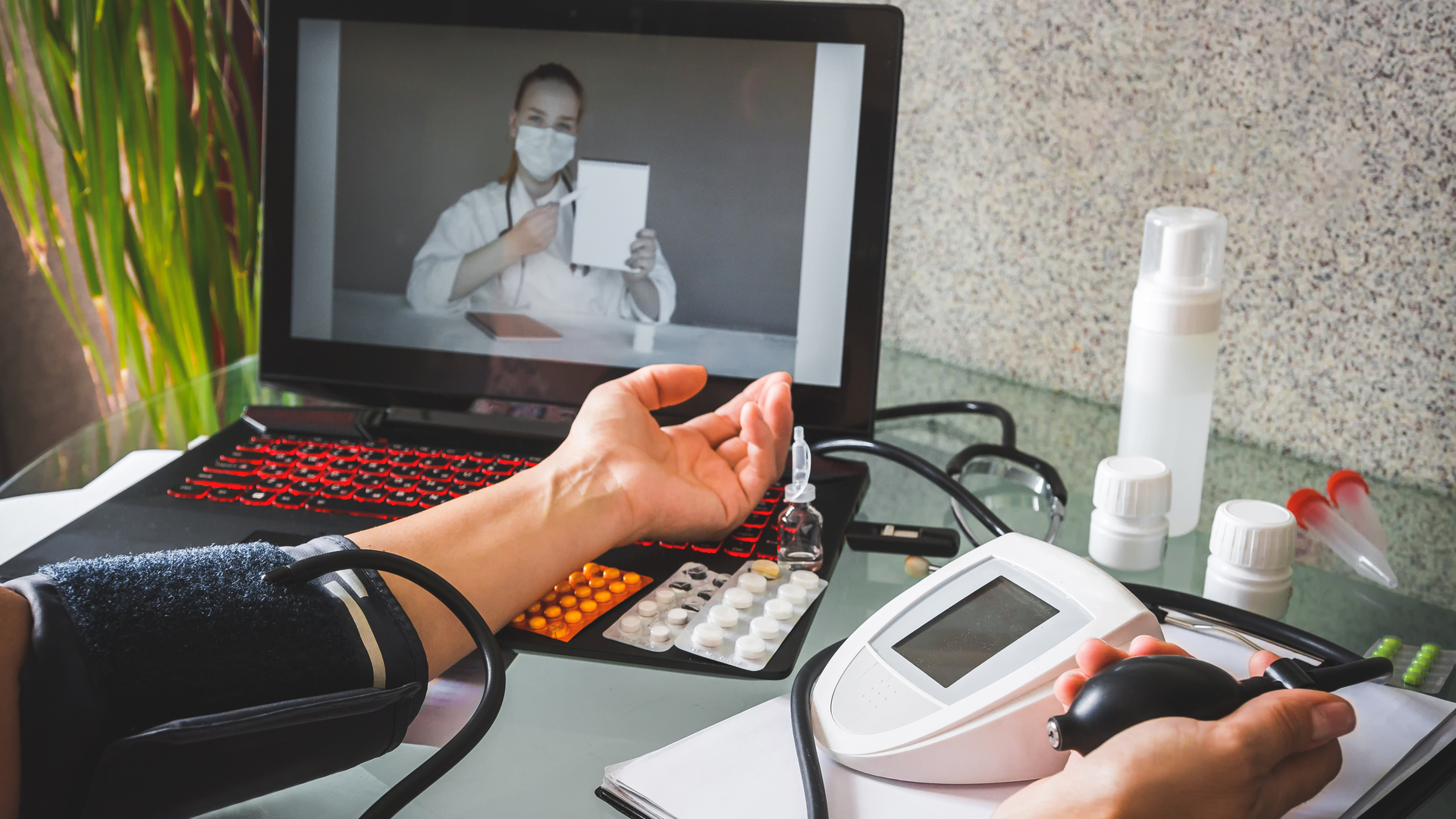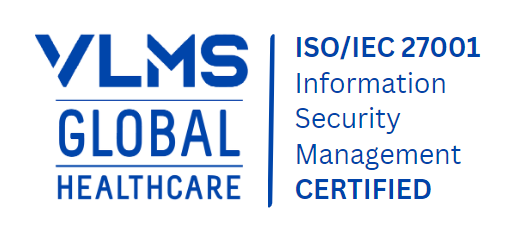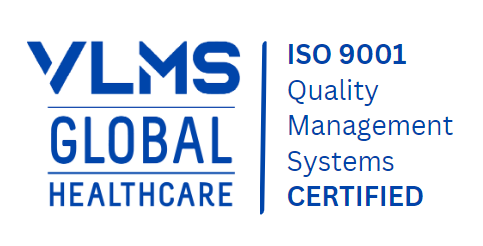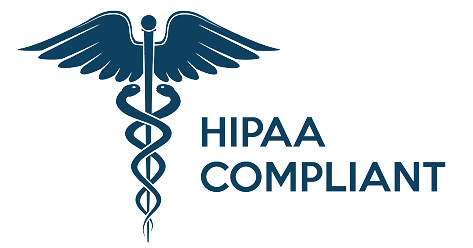Remote Patient Monitoring
Elevate your remote patient monitoring (RPM) operations with
VLMSHealthcare.com.
Download Our Brochure

Remote Patient Monitoring (RPM) leverages digital technologies to gather health data from patients in one location and securely transmit it to healthcare providers in a different location. With the surge in demand for RPM services, the landscape of billing for such services is evolving to accommodate its growing importance. This evolution presents several challenges for healthcare providers in terms of billing and reimbursement for delivered services.
VLMSHealthcare.com is committed to assisting healthcare providers in refining their
remote patient monitoring billing and collections processes. Our services aim to
significantly decrease the time and resources spent on revenue cycle management,
thereby helping you achieve your financial objectives more efficiently. Our RPM
billing solutions are designed to be efficient, cost-effective, and scalable, tailored to
meet the dynamic needs of each provider.
Remote Patient Monitoring Billing Codes
The recognition of the substantial benefits of remote patient monitoring services has
led to the introduction of specific Current Procedural Terminology (CPT) codes for
RPM billing and insurance reimbursement. Misuse of these codes can lead to
payment recoupments or denials. It’s crucial to understand that RPM services are
reimbursable when provided by a physician, qualified healthcare professional, or
clinical staff.
Here are five critical remote patient monitoring billing codes that can significantly enhance a healthcare provider's revenue:
-
Service Initiation – CPT 99453: Involves remote monitoring of physiological parameters (e.g., weight, blood pressure, pulse oximetry, respiratory flow rate), including initial setup and patient education on equipment use. Note: 99453 should not be reported for monitoring periods of less than 16 days.
-
Data Transmission – CPT 99454: Covers device supply with daily recordings or programmed alert transmissions for each 30-day period, including initial collection, transmission, and reporting/summary services to the managing clinician.
-
Treatment Management Services (1) – CPT 99457: Encompasses remote physiological monitoring treatment management services by clinical staff/physician/other qualified healthcare professionals, requiring interactive communication with the patient/caregiver during the month; covers the first 20 minutes.
-
Treatment Management Services (2) – CPT 99458: Pertains to each additional 20 minutes, listed separately in addition to the code for the primary procedure.
-
Data Analysis & Interpretation – CPT 99091: Involves the collection and interpretation of physiological data (e.g., ECG, blood pressure, glucose monitoring), digitally stored and/or transmitted by the patient and/or caregiver to the healthcare professional, requiring a minimum of 30 minutes of time each 30 days.
Frequently Asked Questions
-
Who is eligible to order and bill for RPM?
-
What is defined as ‘interactive communication’ with a patient?
-
How is time calculated for CPT codes 99457 and 99458?
-
Can RPM be applied to both new and established patients?
-
Is it permissible for multiple practitioners to bill RPM for the same patient concurrently?
-
What are the consent requirements for providing and billing RPM services?
Consent for RPM services must be obtained from the patient either before or at the beginning of the service. This consent may be verbal, written, or electronic, and must be documented in the patient’s medical record. Once consent is obtained, an acknowledgment must be included that the patient will be responsible for any co- payment or deductible associated with the RPM services.









